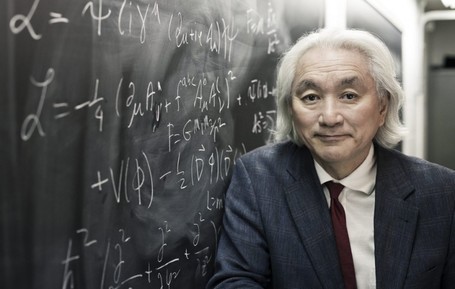For the first time anywhere, a team of chemists and engineers at Penn State has placed tiny synthetic motors inside live human cells, propelled them with ultrasonic waves and steered them magnetically. It's not exactly "Fantastic Voyage," but it's close. The nanomotors, which are rocket-shaped metal particles, move around inside the cells, spinning and battering against the cell membrane.
"As these nanomotors move around and bump into structures inside the cells, the live cells show internal mechanical responses that no one has seen before," said Tom Mallouk, Evan Pugh Professor of Materials Chemistry and Physics. "This research is a vivid demonstration that it may be possible to use synthetic nanomotors to study cell biology in new ways. We might be able to use nanomotors to treat cancer and other diseases by mechanically manipulating cells from the inside. Nanomotors could perform intracellular surgery and deliver drugs noninvasively to living tissues."
Up until now, Mallouk said, nanomotors have been studied only "in vitro" in a laboratory apparatus, not in living human cells. Chemically powered nanomotors were first developed 10 years ago at Penn State by a team that included chemist Ayusman Sen and physicist Vincent Crespi, in addition to Mallouk.
"Our first-generation motors required toxic fuels and they would not move in biological fluid, so we couldn't study them in human cells," Mallouk said. "That limitation was a serious problem." When Mallouk and French physicist Mauricio Hoyos discovered that nanomotors could be powered by ultrasonic waves, the door was open to studying the motors in living systems.
Via Dr. Stefan Gruenwald, Lynnette Van Dyke



 Your new post is loading...
Your new post is loading...












